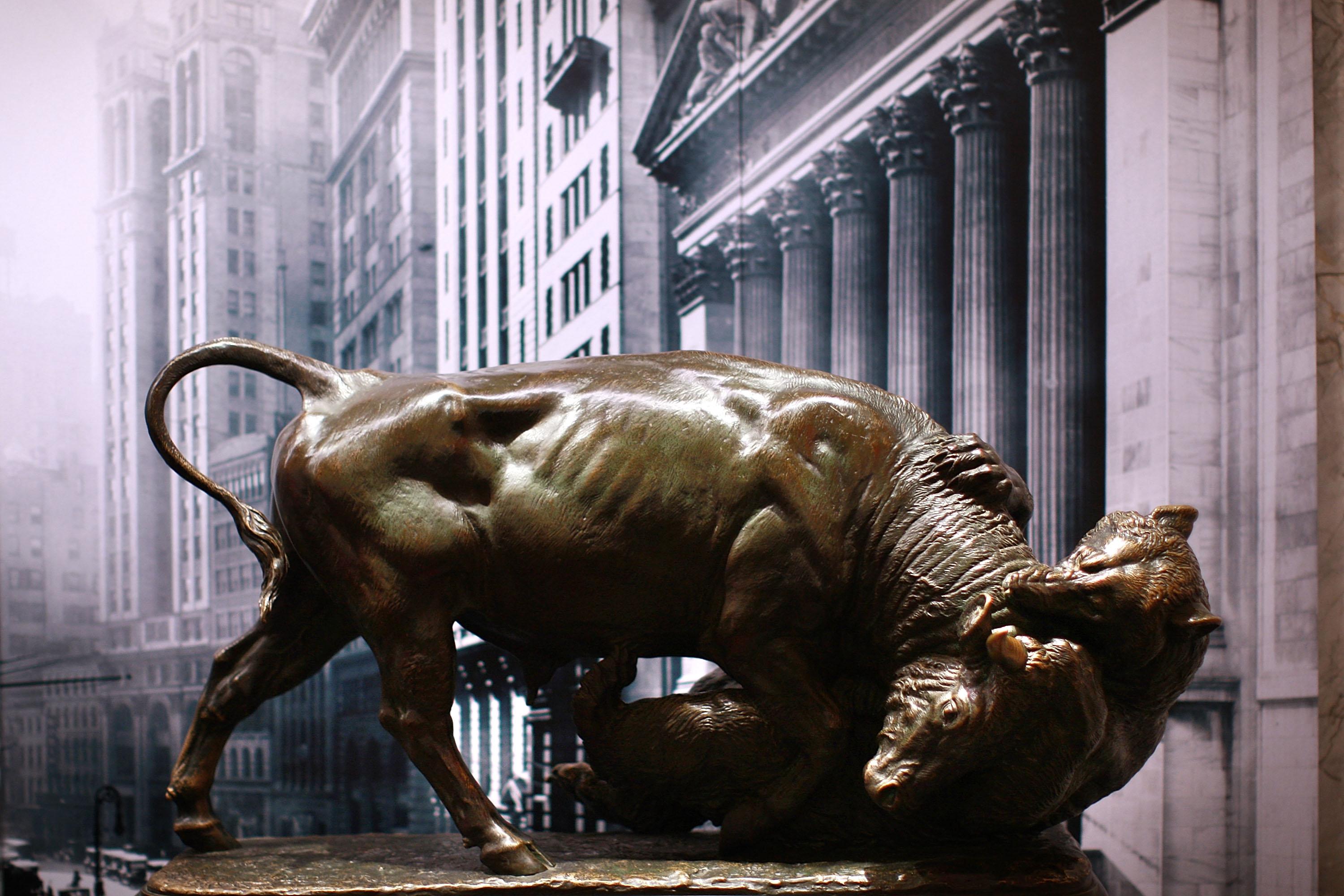Is Short Sale Restriction Really Protecting Markets?
The short sale restriction rule was put in place by the SEC to help protect shareholders. The rule is a modification of a previous regulation..
Oct. 1 2021, Published 8:44 a.m. ET

For over a year, stocks and other securities have seen volatility like we haven’t seen before. The SEC has tried its best to combat market volatility and manipulation with its regulations. One is the short sale restriction rule, which triggers at certain points of bearish volatility. Some traders wonder whether short sale restriction is effective.
Short sale restriction may sound familiar if you're familiar with the original SSR (short sale rule). However, the regulations have differences, and the SSR is no longer active.
What's the short sale restriction rule?
Also known as the uptick rule, the short sale restriction rule was created in 2010 by the SEC. The restriction is triggered when a security’s price drops by at least 10 percent of the previous day’s close. When the restriction triggers, the SEC says short selling is only allowed if the price is above the current best bid.

The restriction typically lasts for one day. For example, say a stock drops to $0.75 after closing at $1.00 the previous day, which would be a 25 percent drop. If the best bid for the stock is $0.75, you can’t execute a short sale order if the best bid is $0.75, and you’d instead have to wait until the price goes over $0.75.
The short sale restriction rule (also known as the uptick rule) is a modified version of the SSR. The SSR stated that short sale orders could only be executed at a price above the most recent trade. This caused trading shorts to be prohibited on a downtick in share price, unless a rare exception was made.
Before short sale restriction, there was the SSR
The SSR was originally created by the SEC in 1938 during the Great Depression, to combat malicious shareholder practices. During those times, shareholders would come together to pool capital and short those shares with the intent to drive other shareholders to quickly sell their shares out of fear. If those other shareholders did sell, it created a great buying opportunity for the conspiring shareholders to place buying orders at reduced prices. This is also a reason the IPO lockup period was put in place.
The SSR would continue until 2007 until the SEC reviewed it. Between 2003 and 2004, the organization would conduct experiments on stocks where the SSR was applied. It concluded that lifting the SSR would not impact stock markets, and did so in 2007.
The timing of the SEC lifting the SSR was questioned, especially with a recession being officially declared that year. Because of that scrutiny, the SEC started thinking about reinstating the rule. In 2010, the organization came up with the short sale restriction rule.
Is short sale restriction good?
The restriction was created to provide stability when markets turn volatile and to protect them from bearishness. However, many still question whether the restriction is helpful. As we've seen this year, some traders may collectively choose to pump up stocks instead of dragging them down, also creating volatility.
